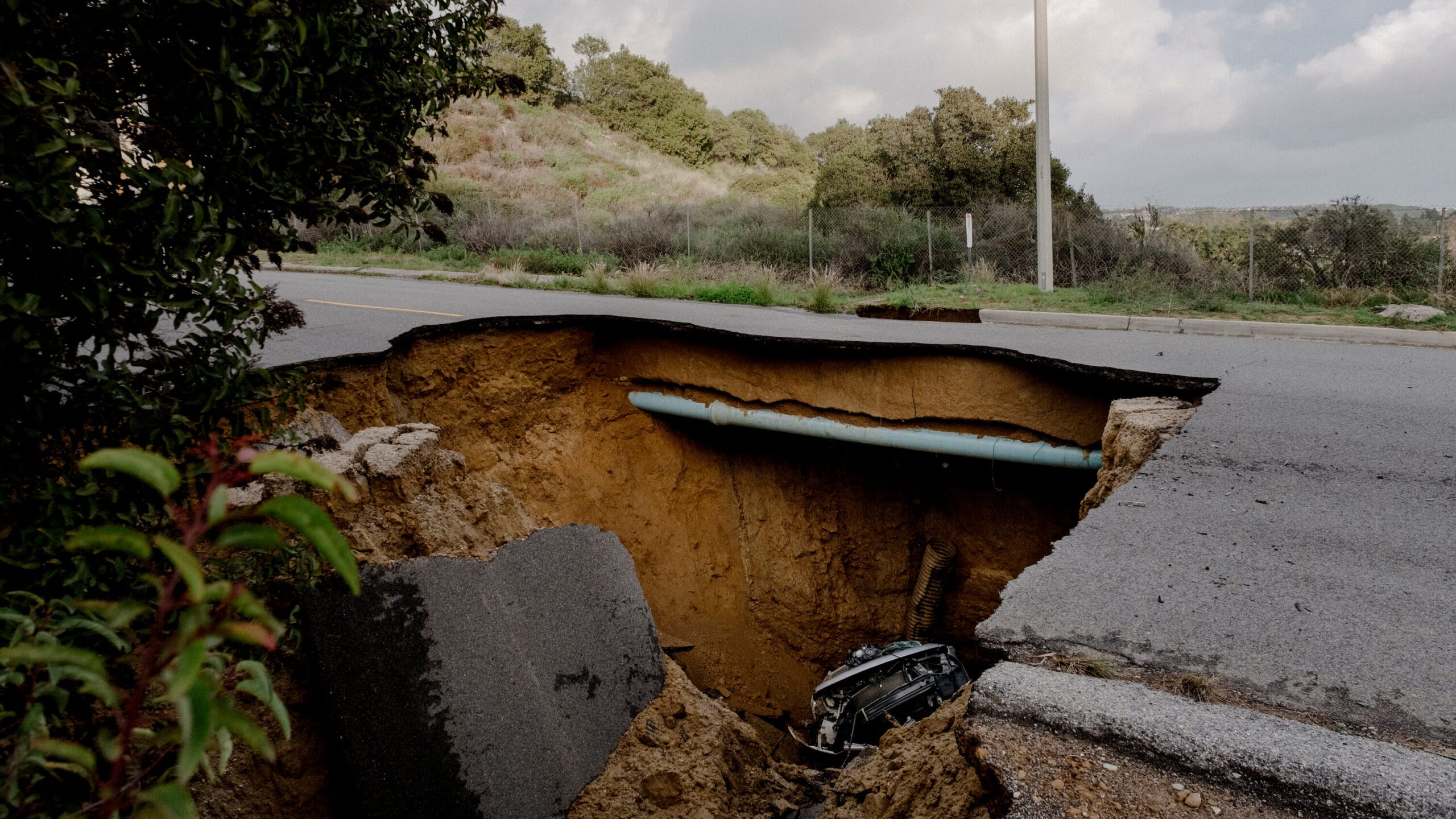In the face of climate change, a significant threat is emerging that could reshape the global landscape: rising sea levels. A recent comprehensive study emphasizes the alarming reality that millions of people living in coastal regions may soon become displaced due to the encroaching waters. This situation is not merely an environmental issue but a pressing humanitarian concern that could catalyze one of the most significant migration crises the world has ever faced.
The issue of rising sea levels is primarily driven by climate change, resulting from melting ice caps and glaciers as well as the thermal expansion of seawater as atmospheric temperatures rise. The Intergovernmental Panel on Climate Change (IPCC) has outlined various forecasts indicating that if current trends continue, global sea levels could rise by as much as one meter or more by the end of the century. Such an increase would have catastrophic effects on low-lying coastal areas, result in the loss of land, and threaten the livelihoods and displacement of millions.
The study identifies particularly vulnerable regions, including South Asia, Southeast Asia, and parts of Africa. According to the research findings, some of the hardest-hit areas are likely to include coastal megacities where populations are concentrated. Cities like Dhaka, Jakarta, and Miami could see substantial portions of their populations forced to relocate. The economic and social ramifications of this displacement are poised to ripple across borders, potentially leading to regional instability and conflict as communities are forced to migrate in search of safer environments.
Furthermore, the report highlights the interconnectedness of global migration patterns. Historically, we have observed that environmental factors often exacerbate existing social and economic inequalities, prompting people to seek better opportunities elsewhere. As conditions deteriorate in their home regions, vulnerable populations may increasingly move to urban centers or neighboring countries, resulting in increased pressure on infrastructure and resources in those areas. This migration could create significant challenges for both the migrants and the communities that are receiving them, potentially leading to social tensions.
The expected migration crisis will likely be characterized by various forms of displacement, including “climate refugees”—people who are compelled to leave their homes due to environmental changes. These individuals may often find themselves without adequate legal recognition, leading to a host of challenges in terms of rights, access to services, and security. As the study suggests, nations and international organizations must prepare for scenarios where climate-related migration is prevalent, ensuring frameworks are in place to support these populations.
In light of these potential future scenarios, the study calls for immediate and coordinated action on several fronts. Firstly, mitigation strategies to combat climate change are critical. This includes reducing greenhouse gas emissions and investing in renewable energy sources. Without a concerted global effort to limit the temperature increase to well below two degrees Celsius, the problem of rising sea levels is likely to become much more severe.
Secondly, preparedness and adaptation strategies must be developed in tandem with mitigation efforts. This means investing in infrastructure that can withstand rising waters, protecting critical ecosystems that can buffer against storm surges, and creating policies to manage potential migrations and resettlement processes. Proactive measures such as these could alleviate some of the anticipated stresses associated with mass displacement.
International cooperation will be essential in addressing this emerging crisis. Countries must work together to develop cohesive strategies that encompass both prevention and response efforts. This might involve sharing best practices for adaptation, providing financial support to vulnerable nations, and establishing migration agreements that consider environmental factors as a growing basis for displacement.
The challenges posed by rising sea levels and the resultant potential for global migration present a complex situation requiring multifaceted solutions. It is clear that climate change is not just an environmental issue; it is intricately linked to economic, social, and political conditions. Policymakers, scientists, and communities must engage in open dialogues and collaborative planning to navigate this increasingly uncertain future. Ignoring the evidence presented by studies such as this could lead to dire consequences, not just for those in immediate danger but for the global community at large.
As the effects of rising sea levels proceed to unfold, the time for action is now; only a proactive and unified approach can mitigate the impending implications of what could easily escalate into a full-scale global migration crisis. While the future remains uncertain, one thing is clear: understanding the implications of rising seas on human mobility will be crucial in the coming decades.



